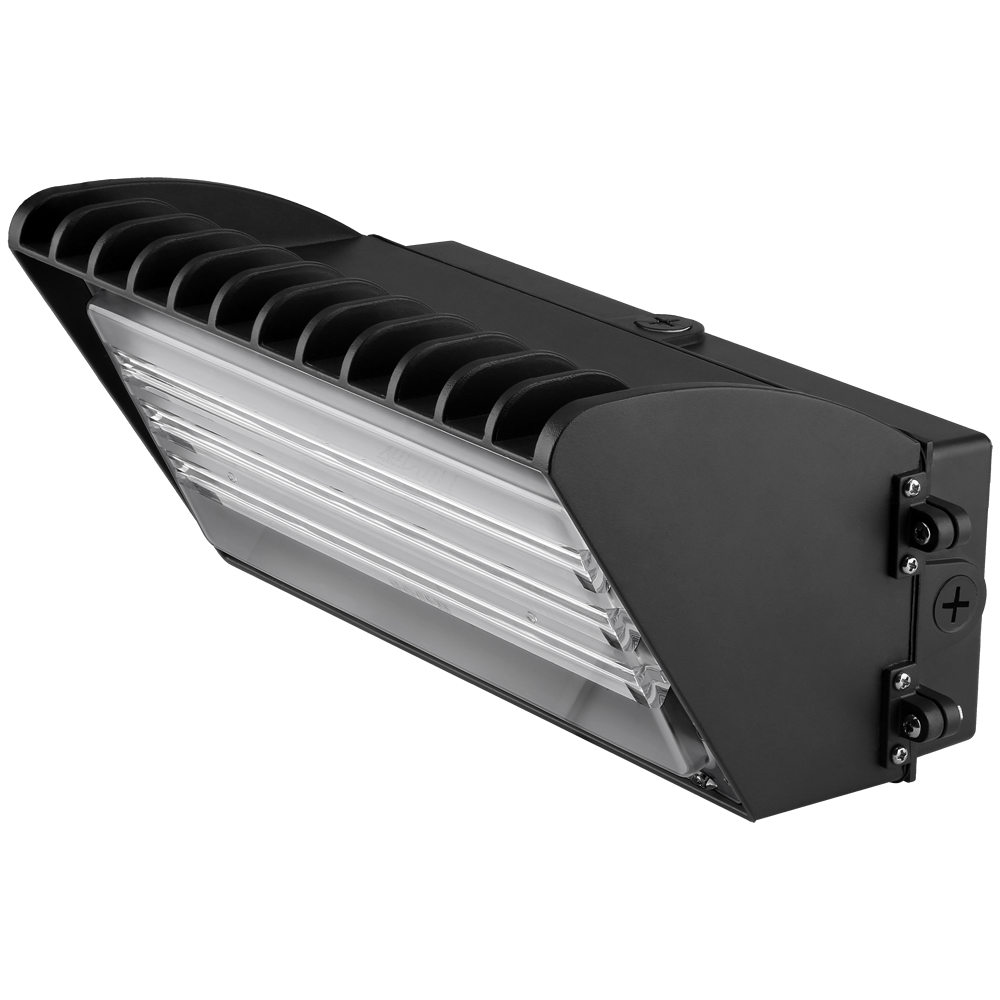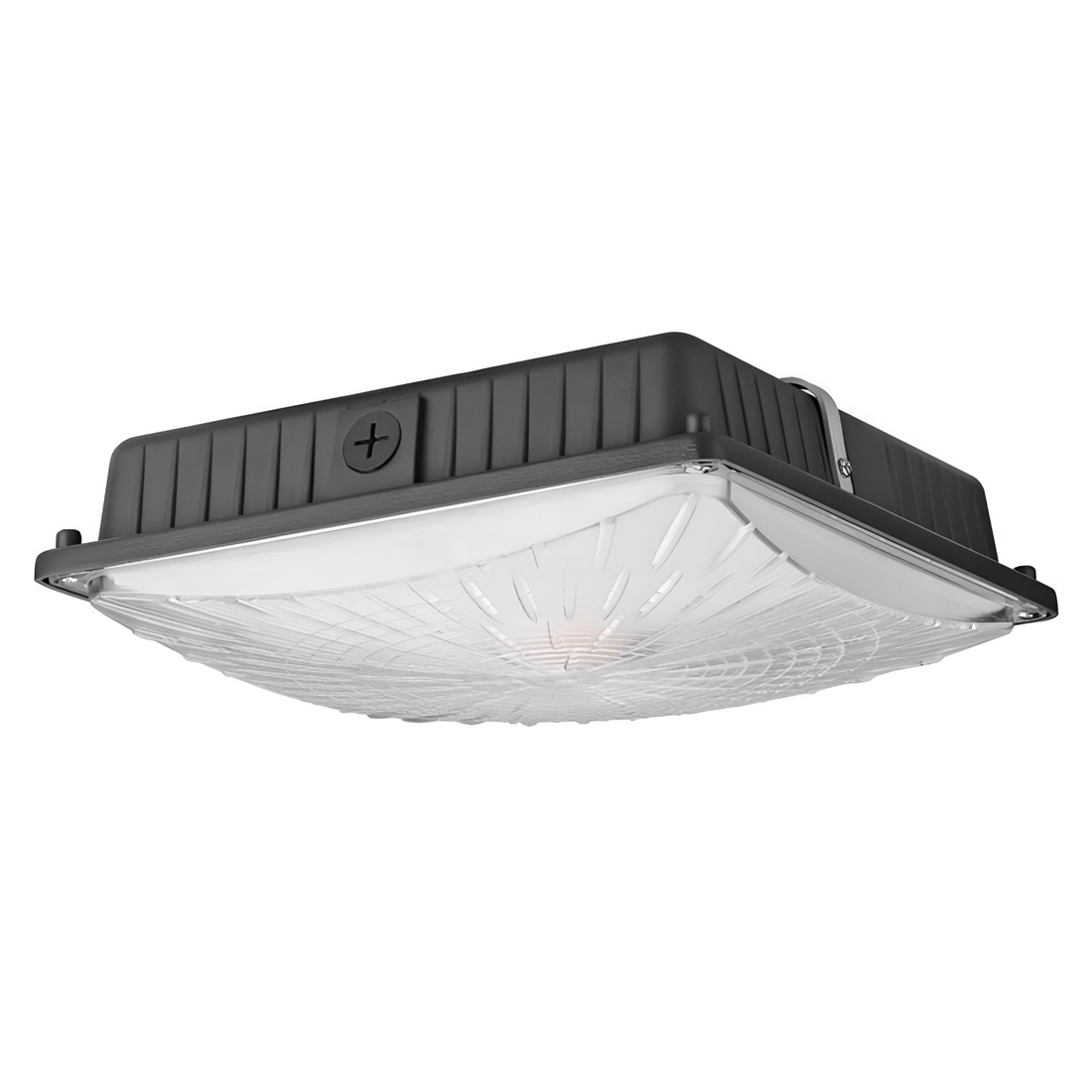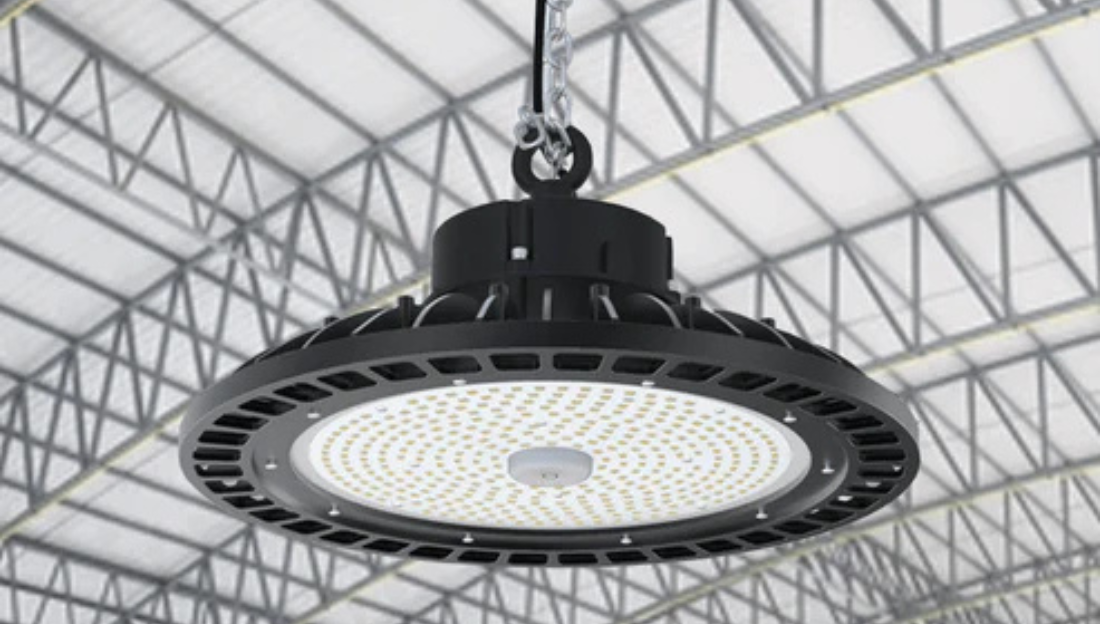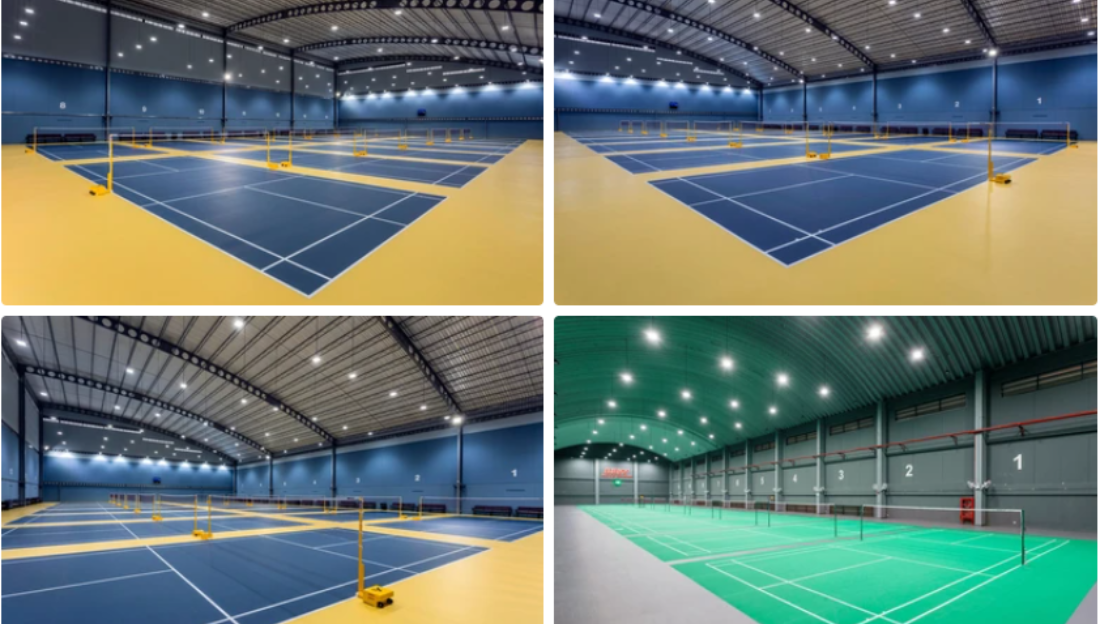Index
-
Introduction
-
Benefits of Leaving Outdoor Lights on All Night
-
Security
-
Safety
-
Aesthetic Appeal
-
-
Downsides of Keeping Outdoor Lights on Overnight
-
Energy Consumption
-
Light Pollution
-
Cost Factors
-
-
Best Outdoor Lighting Solutions
-
LED Pole Lights
-
LED Flood Lights
-
LED Canopy Lights
-
LED Wall Pack Lights
-
-
Smart Lighting Alternatives
-
FAQs
-
Conclusion
Introduction
Outdoor lighting is an essential component of architectural illumination, providing security, visibility, and aesthetics. Many homeowners and businesses debate whether outdoor lights should remain on throughout the night. This blog delves into the technical aspects of outdoor lighting, including efficacy, lumens per watt (LPW), color temperature, beam angles, and IP ratings, to help you make an informed decision.
Benefits of Leaving Outdoor Lights on All Night
Security
A well-lit exterior is a crucial deterrent against criminal activities. LED flood lights with high luminous efficacy (typically 130-150 LPW) and wide beam angles (120°-150°) ensure maximum area coverage, eliminating dark spots where intruders may hide. Motion-sensor-enabled flood lights further enhance security while reducing energy waste.
Safety
LED pole lights are commonly used for illuminating pathways, driveways, and large outdoor areas. With high-intensity discharge (HID) alternatives being phased out, LED pole lights provide superior photometric performance with uniform light distribution. They also feature high color rendering index (CRI), which enhances visibility and contrast for pedestrians and drivers.
Aesthetic Appeal
Outdoor lighting significantly influences a property's nighttime curb appeal. LED wall pack lights with color temperatures ranging from 3000K (warm white) to 6000K (daylight) allow homeowners to create desired ambiance levels. The choice of optics and fixture housing also plays a role in minimizing glare and achieving consistent light output.

Downsides of Keeping Outdoor Lights on Overnight
Energy Consumption
Leaving lights on all night increases power consumption, but modern LED technology significantly reduces this concern. LEDs, with an average efficacy of 100-150 LPW, consume up to 80% less energy than traditional metal halide or halogen fixtures. Furthermore, LED canopy lights with built-in dimming capabilities allow users to optimize brightness levels as needed.
Light Pollution
Uncontrolled outdoor lighting contributes to skyglow and glare, disrupting natural ecosystems. Using LED fixtures with cut-off optics and downward-facing beam angles mitigates unnecessary light spill, preserving dark skies while maintaining effective illumination.
Cost Factors
While LEDs have a higher initial investment cost, their longevity (typically 50,000-100,000 hours) and reduced maintenance needs make them cost-effective in the long run. Investing in LED wall pack lights with IP65 or IP67 ratings ensures durability against harsh weather conditions, further reducing operational expenses.
Best Outdoor Lighting Solutions
Choosing the right outdoor lighting technology enhances security and aesthetics while optimizing energy efficiency.
| Lighting Type | Best Use Case | Key Specifications & Benefits |
|---|---|---|
| LED Pole Lights | Streets, parking lots | High CRI, uniform light distribution, IP65-rated for weather resistance |
| LED Flood Lights | Security lighting | Wide beam angles, high efficacy (130-150 LPW), motion sensor compatibility |
| LED Canopy Lights | Gas stations, garages | Low glare, optimal light spread, dimmable options available |
| LED Wall Pack Lights | Building exteriors | Adjustable color temperatures, impact-resistant housing, photocell integration |
Smart Lighting Alternatives
To avoid excessive energy consumption while ensuring security, smart lighting systems offer a balance between efficiency and functionality:
-
Motion Sensor Lights – Activate only when movement is detected, reducing unnecessary usage.
-
Photocells & Dusk-to-Dawn Sensors – Automatically turn lights on at night and off during daylight.
-
Timers & Dimmers – Schedule lighting operation to match specific needs.
-
Smart LED Controls – Enable remote monitoring and customization via smartphone apps.
FAQs
Q: What is the optimal wattage for LED pole lights?
A: The wattage depends on the application. For residential areas, 30W-60W is sufficient, while commercial or street lighting may require 100W-300W LED pole lights.
Q: Are LED flood lights with motion sensors effective for security?
A: Yes, motion-sensor LED flood lights provide sudden illumination, startling intruders and reducing energy consumption when not needed.
Q: What is the recommended IP rating for outdoor LED canopy lights?
A: At minimum, an IP65 rating is recommended for protection against dust and water jets. For areas exposed to heavy rain, an IP67 rating provides better durability.
Q: How can I reduce glare from outdoor lighting?
A: Use LED fixtures with diffused lenses, proper shielding, and cut-off optics to direct light downward and minimize glare.
Conclusion
Leaving outdoor lights on all night can enhance security and safety, but it also raises concerns regarding energy efficiency and light pollution. By selecting high-efficacy LED solutions—such as LED pole lights, LED flood lights, LED canopy lights, and LED wall pack lights—you can achieve optimal illumination while minimizing operational costs. Smart lighting technologies, including motion sensors and photocell-integrated fixtures, offer further advantages in balancing brightness with sustainability. Investing in high-quality LED fixtures ensures a well-lit, secure, and energy-efficient outdoor environment.










